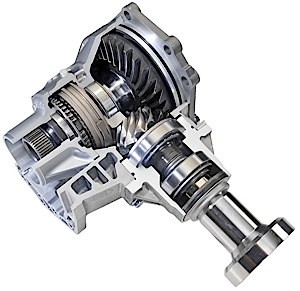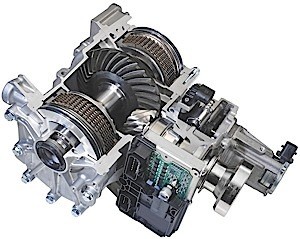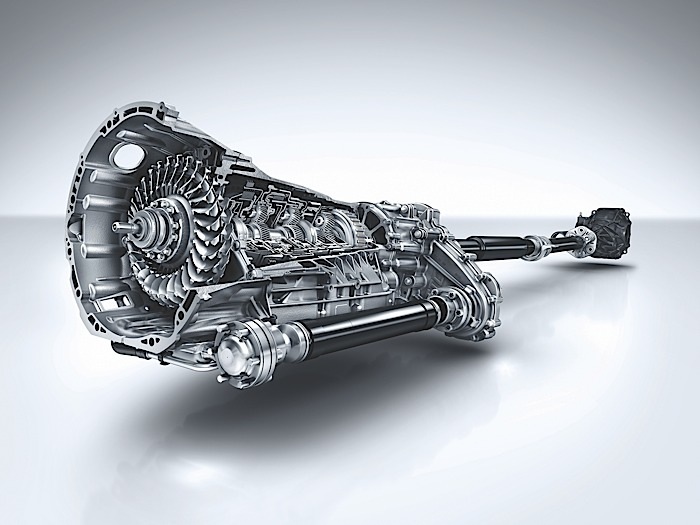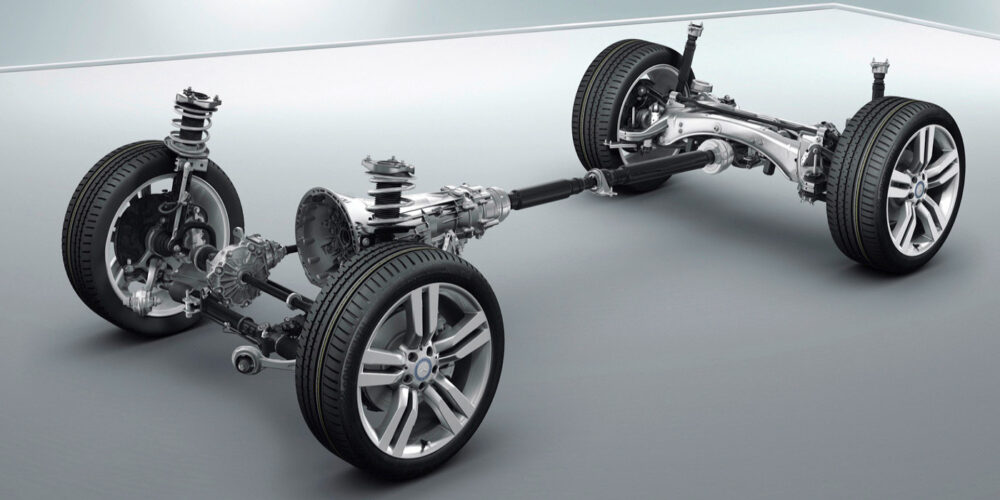What’s Coming Next With All-Wheel Drive Vehicles?
The future of all-wheel drive vehicles was not that bright five years ago. With looming fuel efficiency mandates facing the industry, all-wheel drive was one of the items on the chopping block in an effort to reduce weight and drag on the engine. But, the customer spoke, saying they want the security all-wheel drive vehicles can give on slick roads (even if it is only for a few days during the year).
The solution to the problem is not new. The strategy many automakers are taking is to disconnect the all-wheel drive components when they are not needed. This was the approach many early 4X4 vehicles used by having driver-controlled transfer cases and manual locking hubs. This time around, it is not the driver who is getting out to lock hubs, it is a computer module on a CAN bus.

Torque Vectoring Rear Differentials
The torque vectoring differentials are able to control the amount of power going to each wheel connected to the axle. Some high-horsepower front-wheel-drive vehicles have a basic torque vectoring differential (like the Ford Fiesta RS) to control torque steer.
Torque vectoring differentials can work together with the stability control system and PCM to maximize traction during acceleration. It can be used during off-road and on-road situations at a wide range of speeds. The main inputs are the steering position sensor and yaw sensor. The differential control module makes corrections by determining where the driver wants to go and where the vehicle is going to make a correction.

Torque vectoring differentials have another advantage — they can disconnect a drive axle better than any locking hub. Decoupling an axle with clutch packs reduces rotating mass in the driveline and increases fuel mileage. The system will then decouple the center differential. On some vehicles, the driveshaft can be uncoupled from both the transmission and rear/front differential. This decoupling of the driveline can reduce rotating mass and load on the engine. This is all performed in milliseconds, and the driver does not feel even the slightest vibration.














